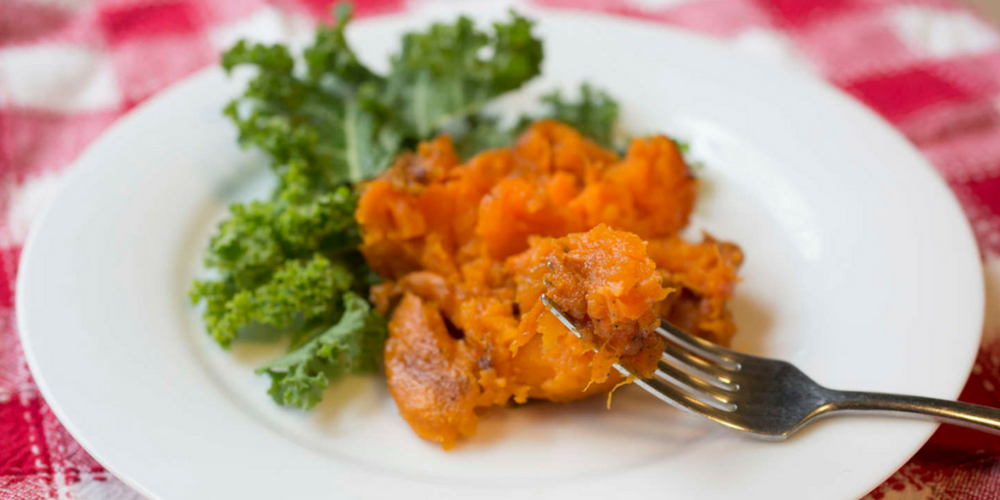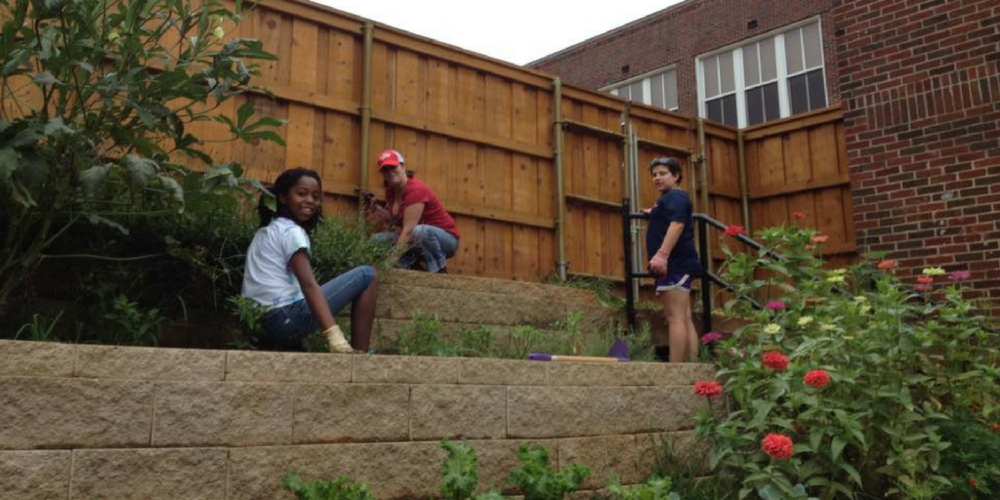
Section Branding
Header Content
From Kitchen To Classroom: Inspiring An Appetite For Learning
Primary Content

For many families today, home-cooked meals are relics of a bygone era. With the pressure of juggling work commitments, school extracurriculars, and the other chaotic demands of raising a family, dinner is more and more frequently something picked up from the prepared section of the grocery store, or from the take-out counter at a local restaurant.
As a result, for kids today, chicken isn’t a bird that’s raised, killed, cleaned, packaged, sold, seasoned, cooked, and then put on the dinner table. Chicken comes from a warming bin at Publix, just like rice comes from the microwave, and broccoli comes pre-cut in a plastic bag.
There’s a disconnect growing between where our food comes from and how it ends up in our mouths. With more processed, caloric, ready-to-eat food cheaply available than ever before, it’s essential that we arm our kids with the knowledge they need to make healthy choices about the food they’re eating, because that knowledge will play a role in shaping their health for the rest of their lives.
It’s this mission that inspired me to leave the Atlanta restaurant scene as a chef, and begin cooking and teaching at Atlanta Neighborhood Charter School (ANCS), the local school my daughter attends. At ANCS, we emphasize project-based learning, so instead of being taught from a book, students work together in class to solve problems and work through new subjects in a hands-on way.
In my Food & Culture class, I try to design lessons so that my students not only understand where ingredients come from and how they’re combined and prepared to create food, but also how to make responsible choices about food. We spent one term learning about baking, and made buttermilk biscuits, focaccia, and sourdough bread, but also explored and debated the whole grain requirements for school lunch programs. The students baked a series of breads with different ratios of whole wheat and all-purpose flour, compared them, and learned about the nutritional benefits of whole grain.

I also believe it’s important that kids understand the fundamental role that food plays in human culture, like how it can become a crucial part of a culture’s identity. At ANCS, curriculum flexibility is encouraged and teachers frequently collaborate across academic subjects. When our 7th grade students were learning about the Horn of Africa in their Humanities class, I worked with their teacher to create a school lunch menu that showcased Ethiopian and Eritrean food. Students had the opportunity to try injera, a spongy, sour flat bread made from teff, a grain that has been grown in the region for millennia. Students actually tried the food that they were learning about it in class. Those with family from the region got to share a little bit of their culture with their peers.
In my brief time teaching, one of my biggest takeaways is that while not all students learn the same way, all students need to feel like they’re succeeding at something in order to continue learning. There’s something inherently exciting to kids about planting a seed and months later being able to pluck a tomato off of the vine, wash it, and take a bite. Hands-on growing, cooking, and tasting experiences help students understand the complicated process their food goes through before it hits the dinner table. As an added benefit, this process introduces them to many of the other subjects they’re learning in school in new and practical ways. Fractions on a worksheet and microbiology in a textbook can seem incredibly abstract, but in the kitchen, my students use their knowledge to measure out baking ingredients for desserts and ferment yogurt and kimchee.
One of my students doesn’t have a lot of successful, motivating moments during his school day. But put him in my kitchen with a sauté pan, and he beams before saying the greatest thing a teacher can hear: “I feel like I’m supposed to be doing this.”
Educators should work to make kids of all ages more curious about the food they’re putting in their mouths. Food is more than a quick meal to keep them going. It’s culture, creativity, and science. By teaching students about cooking and farm-to-table, we can whet their appetite for learning and lead them to make healthy, informed choices about what they eat for decades to come.
My students show off their culinary skills and knowledge with a special Thanksgiving meal for students and staff.
By teaching students about cooking and farm-to-table, we can whet their appetite for learning and lead them to make healthy, informed choices about what they eat for decades to come.





